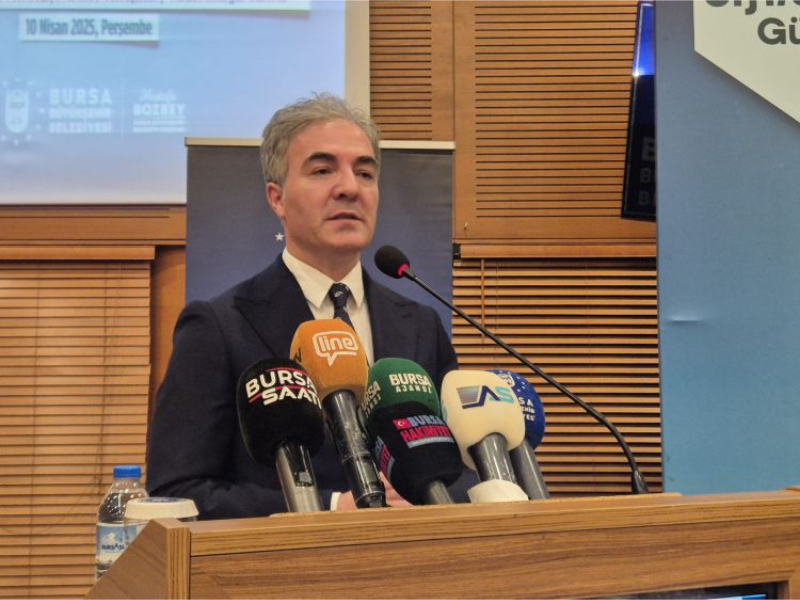We participated in the ‘Stakeholder Workshop on the Planning Process of the Bursa Environmental Plan with 2050 Vision’ hosted by Bursa Metropolitan Municipality. I hope that this meaningful workshop, where valuable information sharing and consultations on the near future environmental planning processes of our ancient city Bursa took place, will be beneficial for our city.
In this important workshop, where table meetings were held on 17 different thematic topics ranging from population structure to migration phenomenon, from natural thresholds to economic dynamics, from transportation systems to cultural heritage, which will serve as the “City Constitution” of Bursa, very valuable opinions were shared for the future of our city. It is very valuable that such planning is carried out with a participatory and holistic approach.
Long-term environmental planning processes not only shape land use but also redefine the social, economic and cultural dynamics of a city. Modern urbanism prioritizes the vision of building a living space in harmony with nature by blending spatial planning with sustainability principles. Environmental plans, one of the most tangible manifestations of this vision, are one of the fundamental documents that determine the future of cities.
Today, we see that the environmental layout plans being worked on have gone far beyond the classical zoning approach. We are no longer talking about a system that only defines roads, housing areas or industrial zones; we are talking about a multi-layered planning process that is based on population and demographic data, analyzes migration movements, protects natural thresholds, considers the economic structure, reconstructs transportation systems and carries cultural heritage into the future.
In this process, concepts such as climate crisis, resource management and ecosystem services must now be at the center of planning. Because the decisions to be taken today will directly affect not only today, but also 2050 and beyond. Therefore, strategic environmental plans should pave the way for urban models that are resilient to natural disasters, climate-friendly, socially just and economically sustainable.
The success of planning depends not only on technical accuracy but also on participatory processes, interdisciplinary interaction and the effectiveness of common sense. In this context, planning processes that are shaped with the contribution of different components from academics to private sector representatives, professional chambers to non-governmental organizations produce more inclusive, realistic and feasible results.
In particular, cultural heritage and social fabric are the cornerstones of a city’s soul that are often overlooked. Reconsidering transportation systems to support this fabric will increase both urban comfort and economic efficiency. Likewise, the protection of natural thresholds and the sustainability of biodiversity should be at the center of plans as vital elements that set the boundaries of all development.
The cities of the future can be built with plans based on a strong data infrastructure, coordination between integrated systems and social consensus. Every step taken today is a contribution to the livability of tomorrow. For this reason, we should consider environmental plans not only as technical documents, but also as the concrete equivalent of intergenerational justice and environmental conscience.





